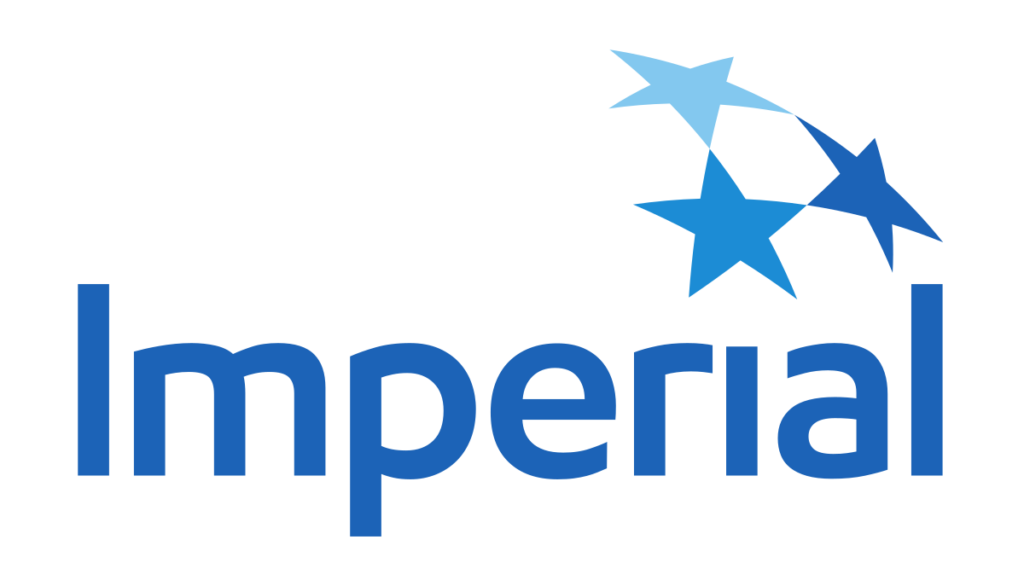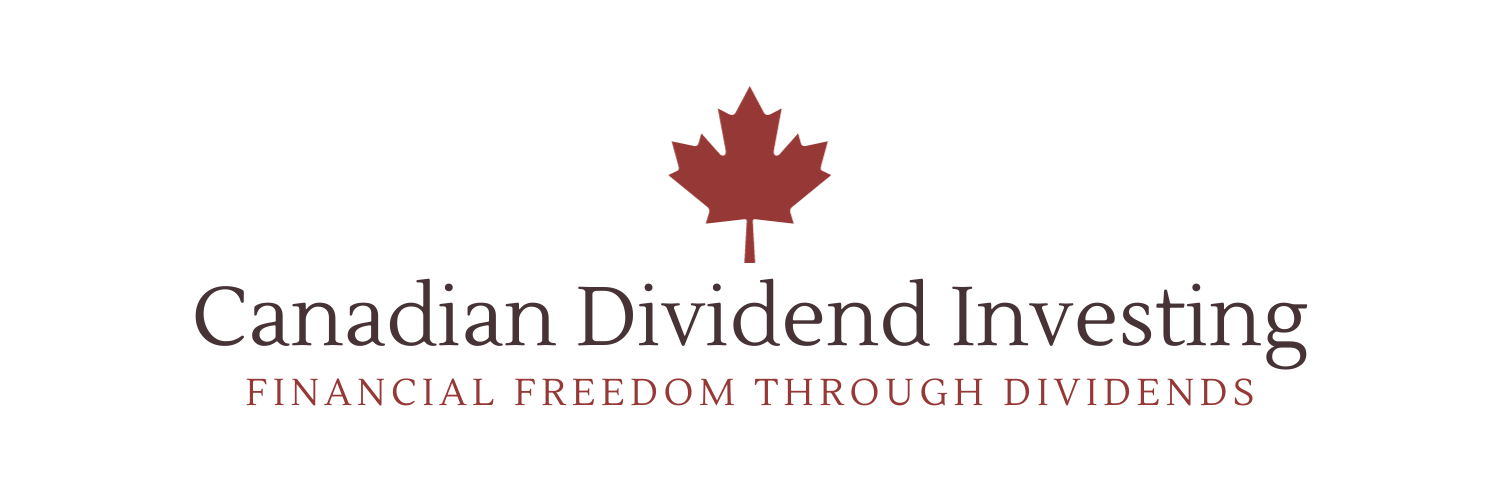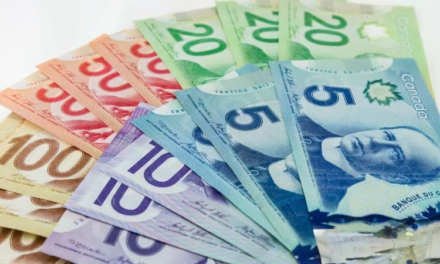An RRSP can be an incredible wealth building tool.
Although most Canadian investors are aware of how powerful an RRSP can be over the long-term, most view contributing as almost an annual chore. They do it primarily for the near-term tax relief, since any RRSP deductions are subtracted from your gross income — at least when it comes to taxes.
This is a powerful motivator. Folks can contribute 18% of their earned income, up to a maximum of $30,780. Say someone earned $100,000 in 2023. If this person didn’t contribute a dime to their RRSP, they’d have a tax bill of approximately $22,000 — assuming they live in Ontario. If the same person maxed out their RRSP contribution of $18,000, they’d owe about $5,500 less in taxes, with a tax bill in the $16,500 range.
The really powerful move is what comes next. An extra $5,500 tax refund can really supercharge your wealth — especially if an investor repeats that move over and over again. A one-time $5,500 investment won’t go far towards funding your retirement, but putting that money aside every year for a decade will definitely add to one’s long-term wealth.
Now that we’ve established that an RRSP is a great wealth-building vehicle, let’s take a closer look at what to invest in.
What to invest in — buying RRSPs
The first thing people need to realize is an RRSP is simply an investment vehicle. It isn’t an investment.
I often hear retail investors say they’re “buying RRSPs”, as if the heavy lifting is done with the investment. But putting cash into an RRSP is only the first step. You must then decide what that capital will be invested in.
Rules are pretty liberal, and you can invest in all sorts of different things inside an RRSP — like individual stocks, mutual funds, ETFs, REITs, bonds, and even GICs. You can even set up your mortgage inside an RRSP, although that’s pretty complicated and isn’t recommended. Investments from all around the world are fair game too, although dividends received from these investments may be subject to withholding taxes at the source, depending on the country’s tax rules.
Many investors will take the passive approach and fill their RRSPs with ETFs or mutual funds. Despite what the nice salesperson at the bank will tell you, mutual funds generally have high fees that impair returns. ETFs have much lower fees, which is one of the main reasons they’ve become more popular over the last decade.
Individual stocks have their place, too. Let’s take a look at five that would look great in any RRSP, solid dividend payers you can tuck away for a very long time.
Royal Bank of Canada

Royal Bank of Canada (TSX:RY) is Canada’s largest bank and the 8th-largest in the world. It has more than 17M clients and has some 90,000 employees worldwide. The majority of its operations are in Canada, but it also has significant assets in the United States and Caribbean.
The company can trace its history to Halifax in the mid-1860s. Founded as the Merchants Bank of Halifax, the company started out as a commercial bank that financed fishing, timber, and import/export businesses. It slowly expanded throughout the Maritimes and indicated its desire to expand nationwide by changing its name to Royal Bank of Canada in 1901. It then slowly made its way across Canada, becoming the behemoth it is today.
The company paid its first ever dividend in 1870, and hasn’t missed a payment since. That’s 154 years of consistent dividends, one of the best streaks in Canadian history.
Royal Bank has consistently been one of Canada’s best performing bank stocks, delivering a total return of 11.69% annually from January 2004 through January 2024, including reinvested dividends. That works out to a total return of 814.96%, or enough to turn a $10,000 original investment into one worth more than $91,000.
Looking at past results is one thing, analyzing the future is quite another. So what exactly drove those returns, and can we expect it to continue going forward?
Firstly, Royal Bank is a dominant player in Canadian banking, ranking number one or two in most important categories. It’s the country’s largest mortgage lender, the largest wealth manager, the go-to choice for capital markets services, and it even has a robust insurance division.
It also is diversified into the United States, with approximately 25% of its revenue coming from operations there — including from City National, which was acquired in 2015. It also has a strong presence in the Caribbean, serving 580,000 clients in nine countries and territories.
Finally, RBC consistently generates superior financial results. Its return on equity — a key measure of profitability in the banking sector — was 14.2% in 2023, a solid result. It also has a solid balance sheet, has delivered steady earnings increases, and has upped its dividend by an average of 8% each year for the last decade.
Fortis

Fortis (TSX:FTS) is Canada’s largest utility, growing first across the country and then into the United States and Caribbean. It owns 10 different regulated utilities that serve 3.4M electric and gas customers with a $36M rate base.
The company got its start in St. John’s Newfoundland before expanding across Canada. It entered the U.S. market in 2012 by paying $1.5B for CH Energy, a gas and electric utility in New York State. It followed that up with acquisitions in Arizona and various midwest states.
Fortis has followed a predictable, albeit fairly boring expansion plan over the years. It looks to grow and diversify by purchasing regulated utility assets in stable jurisdictions. We’ll note that the company doesn’t typically own power generation assets itself; rather, it’s much more concerned with the infrastructure — things like power lines and natural gas pipelines.
Investors may think a mature utility like Fortis doesn’t have any growth potential without acquiring other utilities, but the company has a realistic expansion plan that aims to slowly grow the bottom line over time. It plans to spend $25B on capital projects from 2024-28, which will increase its base rate by a little over 6% per year. This expansion will largely be self-funded too, with more than 50% of the cash needed coming from the company’s own internal cash flow.
Fortis’s acquisition hunt was temporarily paused in 2023 as higher interest rates put a damper on most deals in the utility space. Buyers just couldn’t make deals work at peak interest rates. Now that rates have dropped — with additional drops expected throughout 2024 — the company could start shopping again.
Perhaps the best part of a Fortis investment is the company’s stellar dividend growth. Buoyed by predictable earnings and intelligent expansion plans, Fortis has increased its dividend each and every year since 1973, a 50-year growth streak. It most recently raised the payout by 4% in 2023 and has told investors to expect annual dividend raises of 4-6% through 2028.
Shares currently yield 4.3%.
Imperial Oil

Imperial Oil (TSX:IMO) is one of Canada’s largest oil producers, with 2024’s production expected in a range of between 420,000 and 440,000 barrels of oil per day, largely coming from oil sands and heavy oil assets in Northern Alberta. It also owns significant downstream operations, including three of Canada’s largest refineries, and more than 2,400 fuel sites across Canada operating under the Esso and Mobil brands.
The first thing to note about Imperial Oil is its largest shareholder — Exxon Mobil. Imperial can trace its origins back to the Standard Oil days, with Exxon ending up with the Canadian assets when Standard was broken up in 1911. Exxon’s culture has been instilled in Imperial, and the U.S. oil giant still holds a 70% position in its Canadian subsidiary today.
Imperial’s upstream assets are unlike many of its peers. A major risk in the oil and gas industry is exploration — replacing spent oil wells with more production. In an era of fracking and horizontal drilling, conventional oil wells will often only produce for a year or two. Imperial’s oil sands and heavy oil assets are long-life assets that avoid that risk, with more than 3.8B barrels of proven or probable reserves. That’s enough for Imperial to continue today’s production into the 2050s.
With a rise in electric cars expected, investors may look at Imperial’s refining assets as relics of the 20th century. But gasoline cars still dominate the market in Canada today, and projections for gasoline usage still look strong into the 2030s. Population growth also helps here. Canada is set to welcome millions of immigrants between now and 2030, and many of these new Canadians will drive gasoline-powered cars.
The company has also spent the last 100+ years building up its fuel station and convenience store network, which is a significant asset that provides plenty of steady earnings even when the price of crude doesn’t cooperate.
Imperial Oil is also one of the most shareholder-friendly companies in Canada. It has a pristine balance sheet, a history of growing its dividends (29 years of consecutive dividend raises and counting), and, especially after 2015, a consistent share buyback program that has seen the company eliminate more than 25% of shares outstanding.
Imperial Oil pays a 2.5% dividend and offers one of the energy sector’s most secure payouts.
Intact Financial

Intact Financial (TSX:IFC) is Canada’s largest home, auto, and business insurer, with operations across the country. It pledges to outperform the industry by leveraging a disciplined underwriting approach, using its considerable scale, and by efficiently processing claims in-house.
The company has been a consistent grower by acquisition since its 2006 IPO. It first consolidated the fragmented Canadian market, becoming the largest insurer in the country with a 19% market share. It has since expanded into the United States and Great Britain.
Intact’s acquisition playbook is simple. It buys an asset, usually one that’s being run a little bit inefficiently. It uses its expertise to make operations more efficient, slowly turning around the new part of the company by improving its underwriting and other efficiency metrics. It leads to an industry-leading return on equity that is up to 500 basis points greater than its peers.
The company has gained a well-deserved reputation for being a strong underwriter. Its combined ratio — a key metric in the insurance industry that measures a company’s underwriting profitability — is consistently in the low 90s, an excellent figure that ranks in the top echelon in North America, comparable to top insurers in the United States like GEICO and Progressive.
And remember, like every other insurer, Intact collects premiums that it can invest before paying them out as claims. Although it doesn’t have Warren Buffett to invest this float, the company still has a $35B investment portfolio that consistently produces more than $1B in interest and dividends each year, with the fixed income part of the portfolio enjoying much higher yields than 2020 and 2021.
According to analyst earnings estimates, Intact is projected to earn $14.25 and $15.44 per share in 2024 and 2025, respectively. That puts the stock at just over 14x this year’s earnings expectations, a bargain for a company with such a dominant market share, great profitability metrics, and a consistent record of growth over the last 15+ years.
Like every stock on this list, Intact is a dividend growth monster. It has grown its payout each and every year since its 2006 IPO, with the average increase of 10% per year over the last decade. Shares currently yield 2.2%.
Quebecor

Although the larger telecoms get all the attention, there’s a strong investment thesis to be made for their often forgotten peer, Quebecor Inc. (TSX:QBR.B).
Quebecor has been a player in La Belle Province for decades now, with founder Pierre Peladeau acquired a small neighborhood newspaper. It grew into a French language newspaper giant before expanding into cable in 2000 when it acquired Videotron. It then expanded into wireless service in 2010.
The company successfully took on larger players in its home province by keeping costs under control and passing on those savings to customers. It surpassed Bell and Rogers to become the largest wireless provider in Quebec, growing to more than 3.6M customers. It also has 1.7M home internet customers, 1.3M cable TV subscribers, and almost 700,000 home phone customers.
When Rogers acquired Shaw in 2022, the company had to satisfy a big condition. It was forced to sell Shaw’s wireless assets to another operator, making sure it was an independent operator to Rogers, Bell, or Telus. Quebecor was the natural buyer, paying just over $2B — plus some assumed debt — for 1.8M Freedom Mobile customers. That deal closed back in April.
Quebecor has been stirring up the Canadian wireless market ever since, offering customers enticing deals to switch to Freedom. Its competitors have been forced to match these deals, finally giving consumers a serious break in wireless fees. Quebecor is used to its role as an upstart in a competitive environment, and should continue to take market share from these incumbents. That bodes well for long-term growth.
The company doesn’t just have solid growth potential; it’s also attractively valued. Analysts project it’ll generate $930M in free cash flow in 2024. The current market cap is just over $7.3B. That puts shares at approximately 8x next year’s free cash flow, an incredibly attractive valuation.
Quebecor also pays a generous dividend, with a current yield of 3.8%. After years of paying a paltry $0.05 per share annual dividend it finally got serious about dividend growth in 2015 and has hiked the payout each year since.
Looking for more great stock ideas? Our free newsletter has you covered. Top Canadian Dividend Investing stocks in your inbox, every Sunday morning. Completely free!





